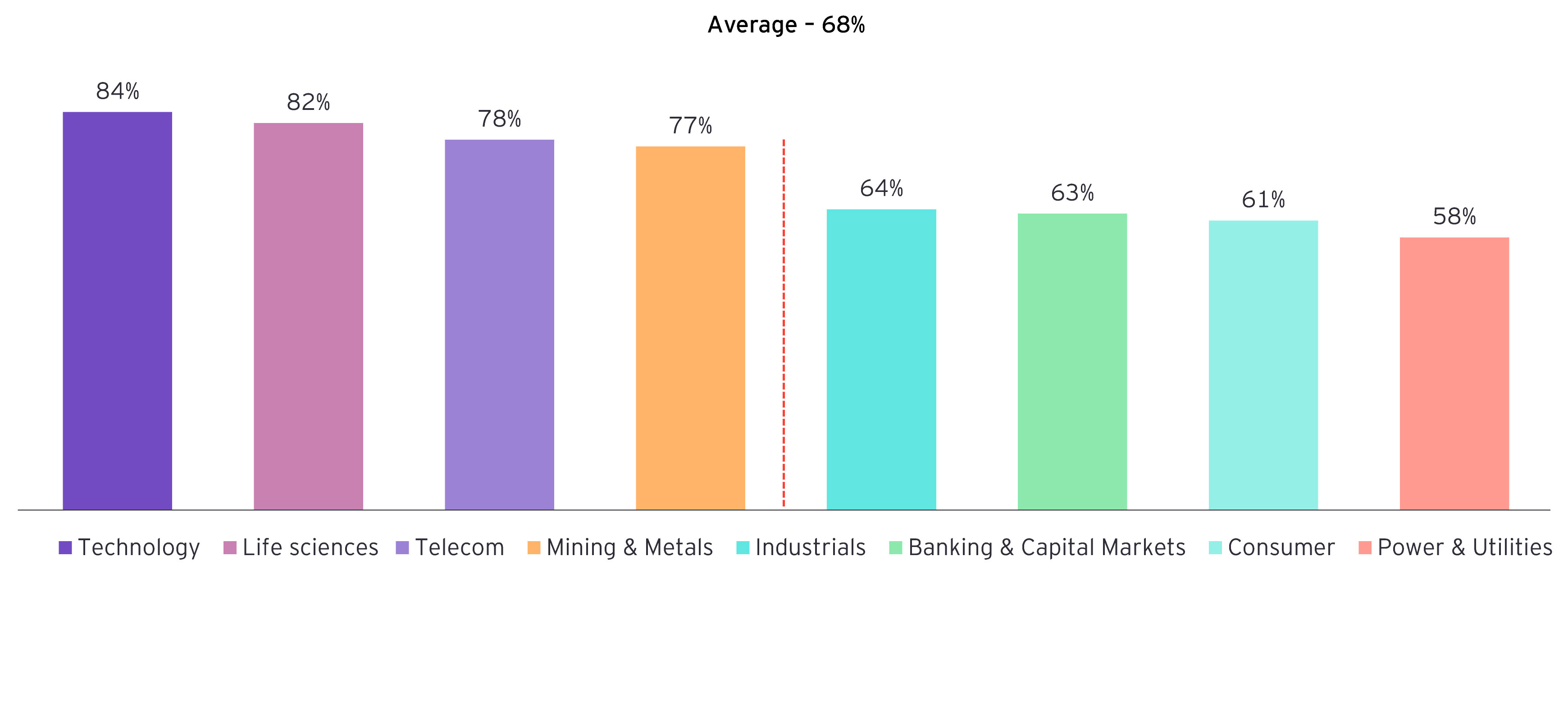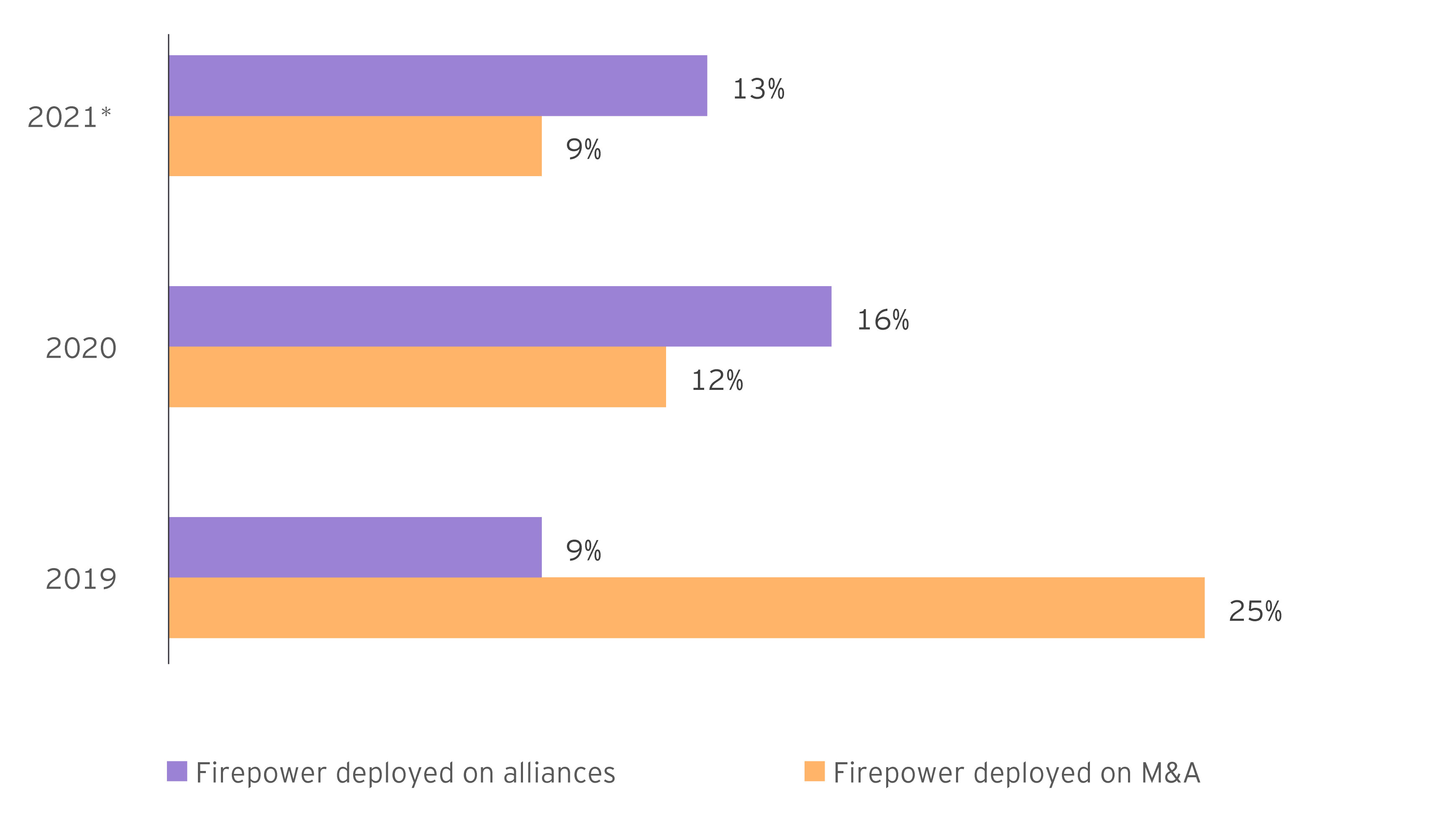Often, despite the intent, organizations struggle to understand how to leverage ecosystems to drive growth. It stems from a narrow understanding of what an ecosystem “should look like”, based on pre-existing industry norms. The “obvious” options have already been tested and the most promising variants have been found and implemented.
However, to stay ahead of the innovation curve, firms will need to look at options which have not been explored. Companies need to think bigger and bolder, looking at all (seven) ecosystem models, not just the one or two approaches they are most familiar with. Each organization needs to investigate which one is best suited, based on the desired business outcome.
For example, in the branding-focused Fast-Moving Consumer Goods (FMCG) space, a (“co-branding focused”) cooperatative business model might be a more obvious form of ecosystem for firms to explore, such as the co-branding between Febreze (P&G) and Glad (Clorox) on trash bags. P&G’s accretive business model alliance with EY is a very different proposition. Through its decades-long continuous journey of purposeful improvements, P&G created an IP around bringing effectiveness in manufacturing productivity (enabling 85% OEE or better, compared to 60% many manufacturers achieve). The IP was used to build software to help other companies begin their own transformation and innovation journeys to higher overall equipment effectiveness (OEE), zero-touch manufacturing and hyper-efficient supply network operations. In this model, EY was the channel to market and P&G acted as the subject matter advisor. Both participants in this model realized ecosystem value to provide an enhanced proposition for clients that want to transform their manufacturing and supply chain operations.
In addition, organizations need to shift focus to concentrate on the logic and governance of the ecosystem they are orchestrating or participating in, instead of just thinking about finding the “right partner.” Drawing parallels, whether it is in football or cricket, what you need is not necessarily the best 11 players, but a team that works well together according to a defined game plan towards a common goal.
Taking the sporting metaphor further, most teams require a captain or playmaker – what we in ecosystems would call an orchestrator. The rest of the team also plays vital roles, but they adhere to the common standards defined by the orchestrator. This can make sense for firms where they are accessing new areas of growth where their capabilities are somewhat niche, but critically important, or where they and their competitors are both aiming to orchestrate ecosystems, but clients are keen on avoiding overreliance on a single supplier.
Again, coming back to our initial question that the CEOs need to revert to is, “Even if I can’t drive it, am I willing to take a back seat, to gain access to the growth I can see in this new opportunity?”
Implications and next steps
- Take a conscious look at the alliances and partnerships you and your competitors are a part of. Ask yourself if you are just sticking to the standard in your industry, or if you have explored the art of the possible in the ecosystem universe.
- Ask yourself, “Am I just taking smaller, comfortable steps that are close to my core business or am I ready to take the leap of faith for broader growth opportunities?” When thinking about growth strategy, expand your horizons. Rethink how you have been considering your strategy and the need to pivot.
- Revisit growth priorities previously discarded. Were they set aside because they couldn’t be unlocked with your current value chain structure? Can a suitable ecosystem change that?
- Learn to let go! Embrace the opportunity to enter attractive new growth vectors where, by yourself, you might not be best placed to lead the charge, but you can still make a valuable contribution to a broader value proposition.
Additional EY-Parthenon contributors to this article include Andrew Hearn and Prachi Gupta.
This EY-Parthenon article is part of a sponsored content series as seen on hbr.org.




